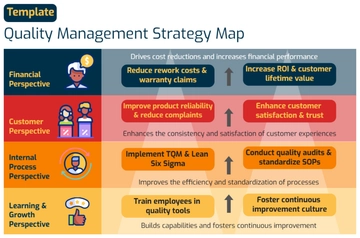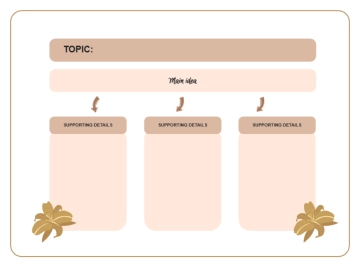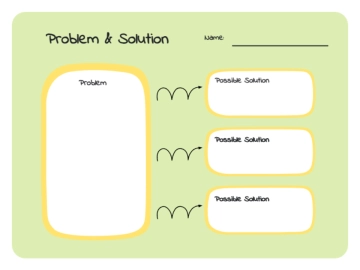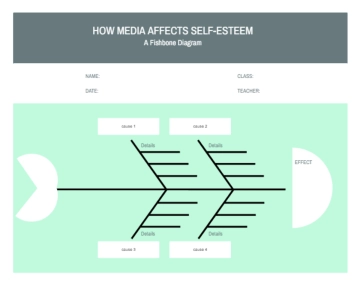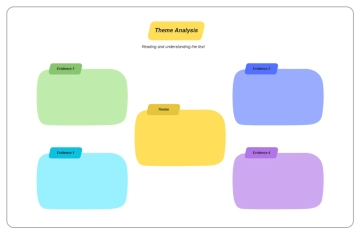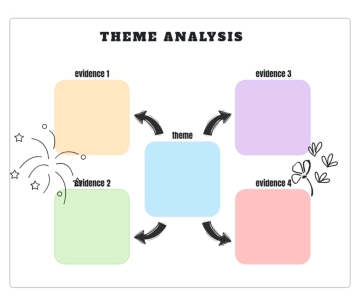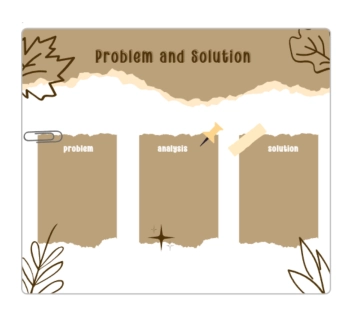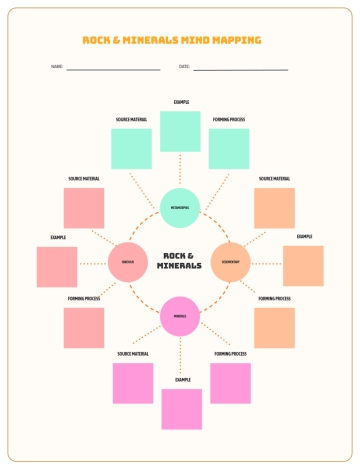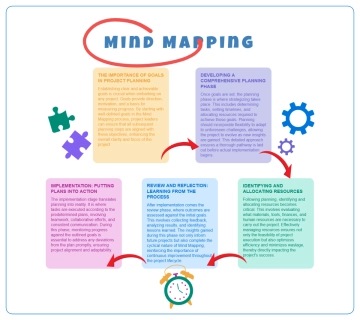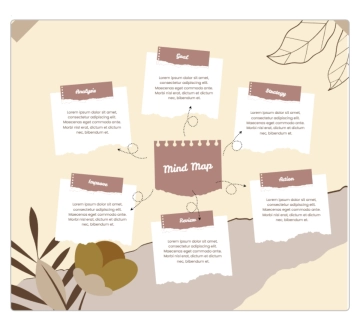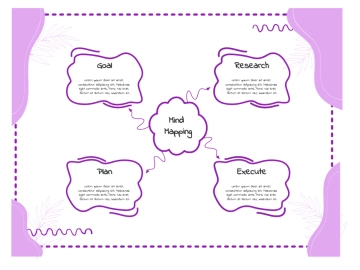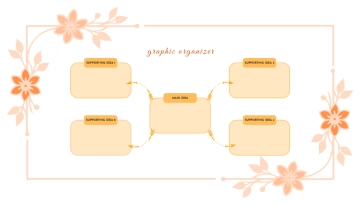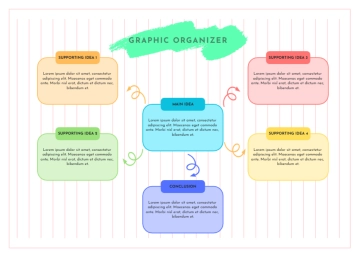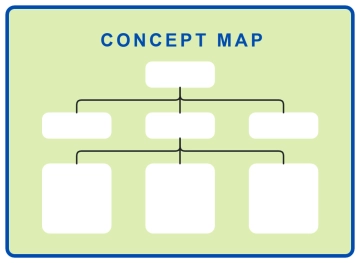Free Administration Strategic Financial Plan
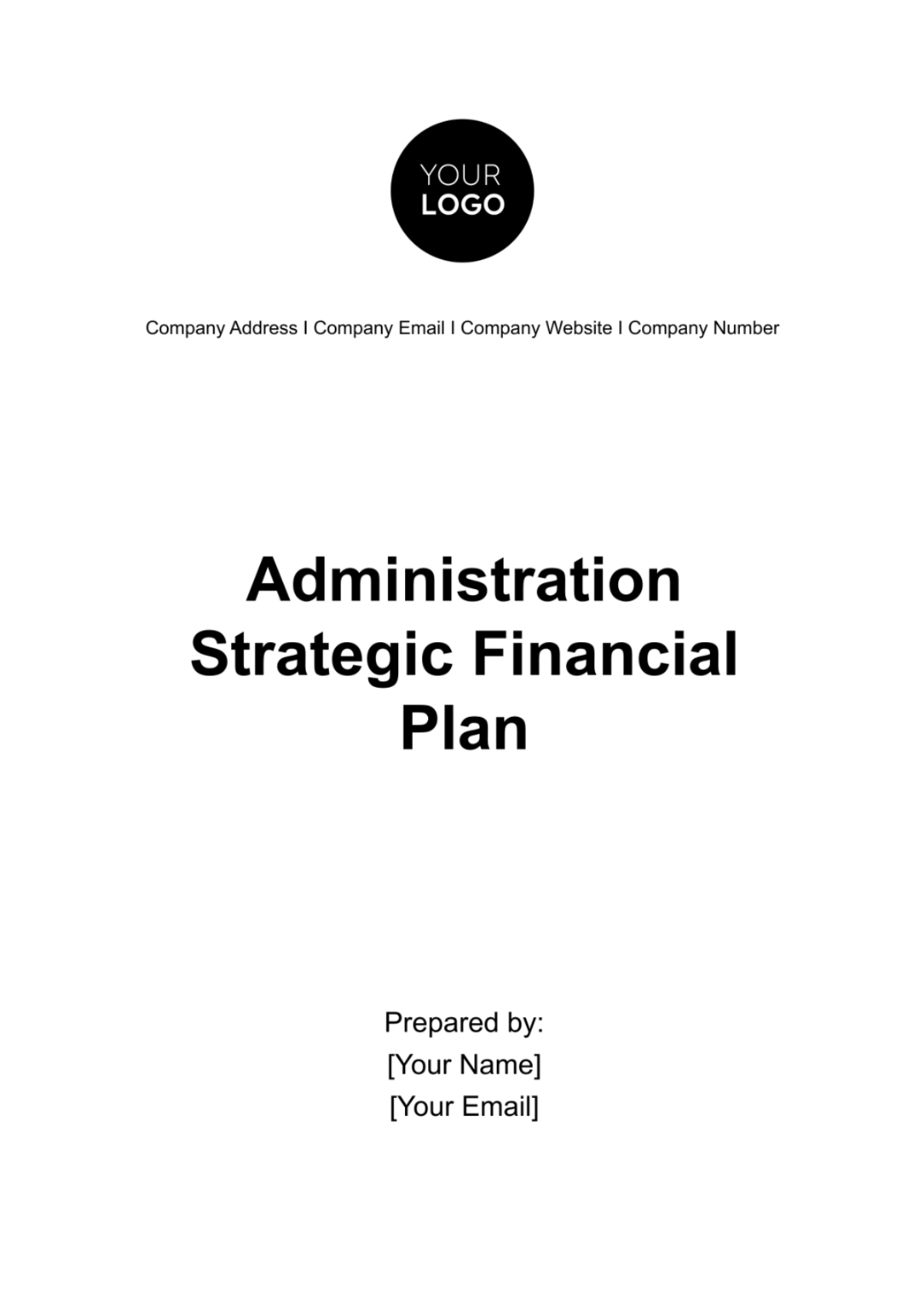
Comprehensive administration involves managing various aspects of community development, including education, healthcare, infrastructure, and economic development. A strategic financial plan is essential to allocate resources strategically, prioritize investments, and monitor financial performance to achieve desired outcomes.
Executive Summary
This strategic financial plan outlines our approach to managing resources effectively and efficiently to support comprehensive administration initiatives. By aligning financial strategies with organizational goals, we aim to optimize resource allocation, maximize funding opportunities, and ensure long-term sustainability.
Current Financial Position
Assessment of the current financial position is crucial. It involves analyzing previous financial reports, balance sheets, and cash flow statements to understand where the business stands financially. This information will serve as a benchmark for determining the strategies and actions necessary for financial advancement.
Financial Goals
Optimize Resource Allocation: Our primary objective is to ensure that resources are allocated efficiently and effectively to maximize their impact on community development initiatives. This involves identifying areas where resources can be reallocated from lower-priority activities to those with greater potential for positive outcomes. By conducting thorough analyses of expenditure patterns and program performance, we aim to eliminate inefficiencies, reduce overhead costs, and redirect funds towards high-impact projects.
Maximize Funding Opportunities: In order to support comprehensive administration initiatives, it is essential to explore and leverage diverse funding sources. This includes pursuing government grants, soliciting private donations, cultivating corporate sponsorships, and seeking out philanthropic partnerships. Our goal is to maximize the amount of funding secured for community development efforts, thereby expanding our capacity to address pressing needs and implement innovative solutions. By diversifying our funding base, we can also reduce reliance on any single source of revenue, enhancing financial stability and sustainability in the long term.
Ensure Long-Term Sustainability: While securing funding is critical for immediate programmatic needs, we recognize the importance of taking a proactive approach to financial management to ensure the ongoing sustainability of our initiatives. This involves developing strategies to build reserves, mitigate financial risks, and adapt to changing economic conditions. By establishing prudent financial policies, such as maintaining appropriate levels of liquidity and adhering to strict budgetary controls, we aim to safeguard against potential disruptions and uncertainties. Our overarching goal is to create a solid foundation for long-term financial stability, enabling us to continue making meaningful contributions to community development for years to come.
Key Components
This table outlines the key components of the strategic financial plan for comprehensive administration, which are essential for managing resources effectively and achieving organizational goals.
Key Component | Description |
|---|---|
Budget Development | Develop annual budgets aligned with organizational goals. Engage stakeholders for transparency and accountability. Monitor and adjust budget performance regularly. |
Grant Management | Establish robust processes to identify, apply for, and manage grant funding opportunities. Ensure compliance with grant requirements and reporting obligations. |
Financial Analysis | Conduct regular analyses to monitor revenue, expenses, and trends. Make data-driven decisions to optimize financial performance. Implement reporting tools and train staff on financial best practices. |
Risk Management | Identify and mitigate financial risks through proactive assessment and contingency planning. Establish internal controls to safeguard assets and prevent fraud. |
Revenue Diversification | Explore diverse revenue streams to reduce reliance on any single funding source. Develop partnerships for earned income and revenue-generating activities. |
Partnership Development | Collaborate with government agencies, nonprofits, and private sector partners to leverage resources and maximize impact. Foster relationships through networking and joint funding proposals. |
Each component plays a crucial role in the strategic financial management of comprehensive administration initiatives. From budget development to partnership development, these components ensure efficient resource allocation, maximize funding opportunities, and mitigate financial risks, ultimately contributing to the long-term sustainability and success of programs and services.
Implementation Strategies
Budget Development: Engage department heads and program managers in the budgeting process to ensure alignment with strategic priorities. This collaborative approach ensures that budget allocations reflect the needs and goals of each department or program. Additionally, establish clear guidelines and criteria for budget requests to promote transparency and accountability. Monitor budget performance regularly through budget-to-actual comparisons and variance analysis. Make adjustments as needed to address any discrepancies or changes in priorities.
Grant Management: Establish a dedicated grant management team responsible for identifying funding opportunities, preparing grant proposals, and managing grant funds in accordance with grant requirements. This team should stay informed about available grants, eligibility criteria, and application deadlines. Develop a systematic approach to grant writing, including a standardized template for proposals and a review process to ensure quality and accuracy. Once grants are awarded, establish clear procedures for tracking expenses, reporting requirements, and compliance with grant terms. Regularly evaluate the success of grant-funded projects and use lessons learned to improve future grant applications.
Financial Analysis: Implement financial reporting tools and systems to facilitate regular financial analysis and reporting. This includes software for budgeting, forecasting, and financial modeling, as well as dashboards or reports that provide real-time insights into financial performance. Train staff on how to use these tools effectively and interpret financial data. Conduct regular financial reviews to analyze revenue and expenses, identify trends, and make data-driven decisions. Develop key performance indicators (KPIs) to track progress towards financial goals and objectives, such as cost per outcome or return on investment (ROI).
Risk Management: Conduct regular risk assessments to identify financial risks and develop risk mitigation strategies. This involves identifying potential threats to financial stability, such as budget deficits, revenue shortfalls, or unexpected expenses, and developing contingency plans to address them. Establish internal controls to safeguard financial assets and prevent fraud or misuse of funds. This may include segregation of duties, authorization procedures, and regular audits or reviews. Train staff on risk management protocols and procedures to ensure compliance and promote a culture of accountability.
Revenue Diversification: Explore opportunities for generating earned income through fee-for-service programs, training workshops, and other revenue-generating activities. This may involve expanding existing programs or developing new services that meet the needs of target audiences. Additionally, explore alternative funding sources such as corporate sponsorships, foundation grants, or crowdfunding campaigns. Develop partnerships with local businesses, organizations, and community stakeholders to identify potential revenue opportunities and leverage resources. Continuously evaluate the effectiveness of revenue-generating activities and adjust strategies as needed to maximize financial sustainability.
Partnership Development: Foster relationships with government agencies, nonprofit organizations, and private sector partners through networking events, collaboration agreements, and joint funding proposals. Identify opportunities for collaboration and resource sharing that align with organizational goals and priorities. This may involve participating in coalitions or consortia focused on specific issue areas, such as education or healthcare. Develop Memorandums of Understanding (MOUs) or partnership agreements that outline roles, responsibilities, and expectations for each partner. Regularly communicate with partners to coordinate activities, share information, and address any challenges or concerns that arise. Evaluate the success of partnerships based on predefined criteria and metrics, such as joint outcomes achieved or resources leveraged. Adjust partnership strategies as needed to optimize collaboration and maximize impact.
Resource Allocation Plan
Needs Assessment: Conduct a comprehensive needs assessment to identify priority areas for resource allocation based on community needs, organizational goals, and strategic priorities.
Prioritization: Prioritize resource allocation based on the potential impact on community development, alignment with organizational goals, and feasibility of implementation.
Budget Allocation: Develop detailed budgets that allocate resources to specific programs, initiatives, and departments in accordance with organizational priorities and funding availability.
Monitoring and Adjustments: Monitor resource allocation regularly and make adjustments as needed based on changing needs, emerging priorities, and available funding sources.
Risk Management
Risk Identification: Identify potential financial risks, including funding uncertainties, economic volatility, regulatory changes, and operational challenges.
Risk Assessment: Assess the likelihood and potential impact of identified risks on organizational objectives, financial sustainability, and program delivery.
Risk Mitigation: Develop risk mitigation strategies to minimize the impact of identified risks, such as diversifying funding sources, building reserves, implementing internal controls, and establishing contingency plans.
Monitoring and Controls: Monitor identified risks regularly, implement controls to mitigate risks, and review risk management strategies periodically to ensure effectiveness and adaptability.
Revenue Forecasting
Historical Analysis: Conduct a historical analysis of revenue trends, including grants, donations, earned income, and other funding sources, to identify patterns and forecast future revenue.
Market Analysis: Analyze market conditions, economic indicators, and funding opportunities to forecast potential revenue streams and anticipate changes in funding levels.
Scenario Planning: Develop multiple revenue forecasting scenarios based on different assumptions, such as changes in grant funding, economic downturns, or fluctuations in donor contributions, to assess financial resilience and adaptability.
Continual Monitoring: Continuously monitor revenue performance against forecasted projections, adjust forecasts as needed based on actual revenue trends, and identify opportunities to optimize revenue generation efforts.
Performance Monitoring and Evaluation
Key Performance Indicators: Define key performance indicators (KPIs) to measure the effectiveness of financial strategies and initiatives, such as budget adherence, grant funding success rate, revenue diversification ratio, and risk mitigation effectiveness.
Regular Reporting: Establish a schedule for regular financial reporting to stakeholders, including budget updates, grant status reports, and financial performance analyses.
Feedback Mechanisms: Solicit feedback from stakeholders, including staff, partners, and community members, to identify areas for improvement and make adjustments to financial strategies as needed.
Plan Review and Update
Frequency of Review: The strategic financial plan will be reviewed on an annual basis to assess progress, identify emerging trends, and make adjustments as needed. Additionally, the plan may be reviewed more frequently in response to significant changes in funding, economic conditions, or organizational priorities.
Stakeholder Involvement: Engaging stakeholders in the review process is critical to gather input, gain buy-in, and ensure alignment with organizational goals and priorities. Stakeholders may include department heads, program managers, finance staff, board members, funders, and community members.
Review Process: The review process will involve a comprehensive assessment of the plan's objectives, strategies, and performance against established benchmarks and key performance indicators (KPIs). This assessment will include:
Evaluation of Performance: Analyze financial performance data, including budget adherence, grant funding success rate, revenue diversification ratio, and risk mitigation effectiveness.
Assessment of External Factors: Consider changes in funding sources, economic conditions, regulatory requirements, and community needs that may impact the implementation of the plan.
Feedback Collection: Solicit feedback from stakeholders through surveys, focus groups, interviews, and meetings to gather insights, identify challenges, and assess opportunities for improvement.
Plan Update: Based on the findings of the review process, updates to the strategic financial plan will be proposed to address any identified gaps, capitalize on opportunities, and enhance the plan's effectiveness. Plan updates may include:
Revision of Objectives and Strategies: Modify or refine objectives and strategies to better align with current priorities and emerging trends.
Adjustment of Budget Allocations: Reallocate resources to high-priority initiatives based on performance data, stakeholder feedback, and changing circumstances.
Enhancement of Risk Management Strategies: Strengthen risk management strategies to address new or evolving financial risks and vulnerabilities.
Expansion of Revenue Diversification Efforts: Explore additional opportunities for revenue generation and diversification to enhance financial sustainability.
Expansion of Partnership Development Activities: Identify new partnerships and collaboration opportunities to leverage resources, share costs, and maximize impact.
Conclusion
A strategic financial plan is essential for effectively managing resources and supporting comprehensive administration initiatives. By aligning financial strategies with organizational goals, optimizing resource allocation, and maximizing funding opportunities, we can ensure the long-term sustainability and success of our programs and services. Through proactive financial management and ongoing monitoring and evaluation, we can achieve our mission of empowering communities and fostering sustainable development.
- 100% Customizable, free editor
- Access 1 Million+ Templates, photo’s & graphics
- Download or share as a template
- Click and replace photos, graphics, text, backgrounds
- Resize, crop, AI write & more
- Access advanced editor
Streamline your financial planning with Template.net's Administration Strategic Financial Plan Template. Editable and customizable, it empowers you to tailor strategies to your needs. Utilize our AI Editor Tool for seamless editing, ensuring your financial plans align perfectly with your organization's goals. Drive efficiency and success with our template product today!
You may also like
- Finance Plan
- Construction Plan
- Sales Plan
- Development Plan
- Career Plan
- Budget Plan
- HR Plan
- Education Plan
- Transition Plan
- Work Plan
- Training Plan
- Communication Plan
- Operation Plan
- Health And Safety Plan
- Strategy Plan
- Professional Development Plan
- Advertising Plan
- Risk Management Plan
- Restaurant Plan
- School Plan
- Nursing Home Patient Care Plan
- Nursing Care Plan
- Plan Event
- Startup Plan
- Social Media Plan
- Staffing Plan
- Annual Plan
- Content Plan
- Payment Plan
- Implementation Plan
- Hotel Plan
- Workout Plan
- Accounting Plan
- Campaign Plan
- Essay Plan
- 30 60 90 Day Plan
- Research Plan
- Recruitment Plan
- 90 Day Plan
- Quarterly Plan
- Emergency Plan
- 5 Year Plan
- Gym Plan
- Personal Plan
- IT and Software Plan
- Treatment Plan
- Real Estate Plan
- Law Firm Plan
- Healthcare Plan
- Improvement Plan
- Media Plan
- 5 Year Business Plan
- Learning Plan
- Marketing Campaign Plan
- Travel Agency Plan
- Cleaning Services Plan
- Interior Design Plan
- Performance Plan
- PR Plan
- Birth Plan
- Life Plan
- SEO Plan
- Disaster Recovery Plan
- Continuity Plan
- Launch Plan
- Legal Plan
- Behavior Plan
- Performance Improvement Plan
- Salon Plan
- Security Plan
- Security Management Plan
- Employee Development Plan
- Quality Plan
- Service Improvement Plan
- Growth Plan
- Incident Response Plan
- Basketball Plan
- Emergency Action Plan
- Product Launch Plan
- Spa Plan
- Employee Training Plan
- Data Analysis Plan
- Employee Action Plan
- Territory Plan
- Audit Plan
- Classroom Plan
- Activity Plan
- Parenting Plan
- Care Plan
- Project Execution Plan
- Exercise Plan
- Internship Plan
- Software Development Plan
- Continuous Improvement Plan
- Leave Plan
- 90 Day Sales Plan
- Advertising Agency Plan
- Employee Transition Plan
- Smart Action Plan
- Workplace Safety Plan
- Behavior Change Plan
- Contingency Plan
- Continuity of Operations Plan
- Health Plan
- Quality Control Plan
- Self Plan
- Sports Development Plan
- Change Management Plan
- Ecommerce Plan
- Personal Financial Plan
- Process Improvement Plan
- 30-60-90 Day Sales Plan
- Crisis Management Plan
- Engagement Plan
- Execution Plan
- Pandemic Plan
- Quality Assurance Plan
- Service Continuity Plan
- Agile Project Plan
- Fundraising Plan
- Job Transition Plan
- Asset Maintenance Plan
- Maintenance Plan
- Software Test Plan
- Staff Training and Development Plan
- 3 Year Plan
- Brand Activation Plan
- Release Plan
- Resource Plan
- Risk Mitigation Plan
- Teacher Plan
- 30 60 90 Day Plan for New Manager
- Food Safety Plan
- Food Truck Plan
- Hiring Plan
- Quality Management Plan
- Wellness Plan
- Behavior Intervention Plan
- Bonus Plan
- Investment Plan
- Maternity Leave Plan
- Pandemic Response Plan
- Succession Planning
- Coaching Plan
- Configuration Management Plan
- Remote Work Plan
- Self Care Plan
- Teaching Plan
- 100-Day Plan
- HACCP Plan
- Student Plan
- Sustainability Plan
- 30 60 90 Day Plan for Interview
- Access Plan
- Site Specific Safety Plan
